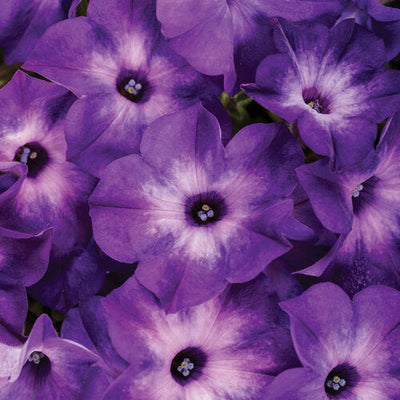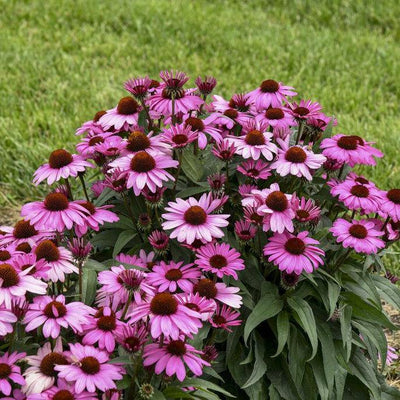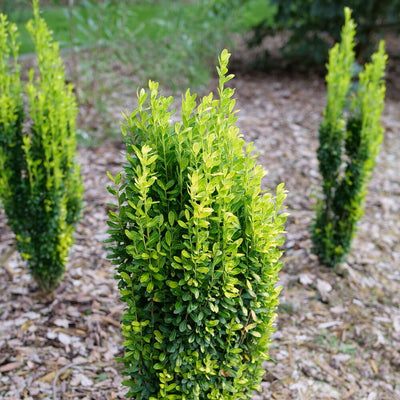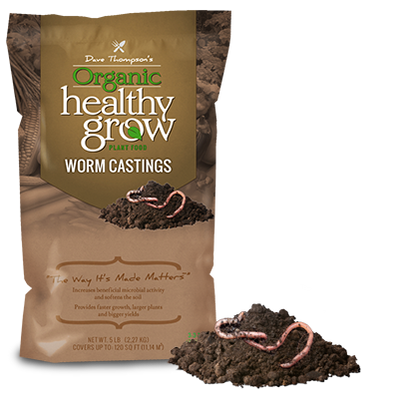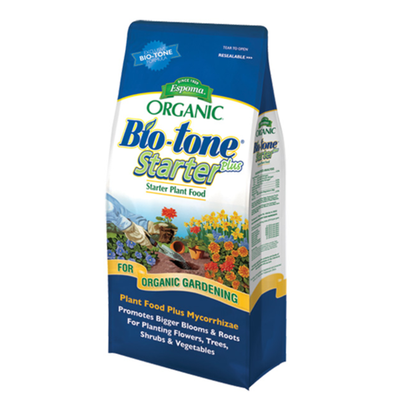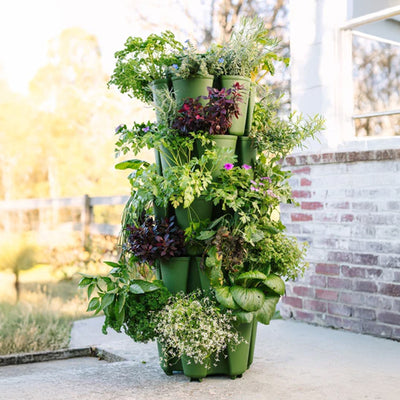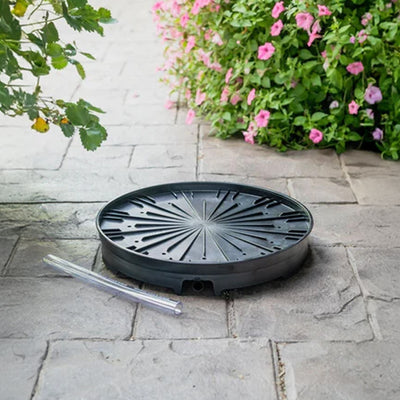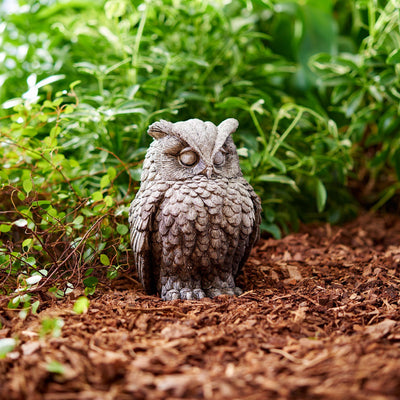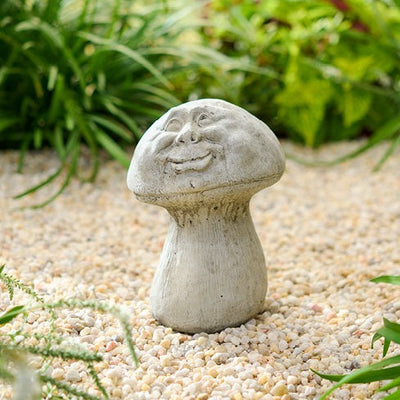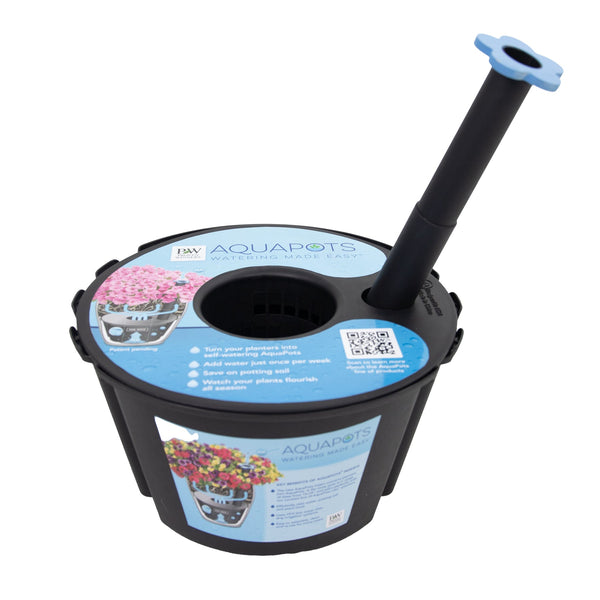'Autumn Leaves' Heuchera | Creekside Champions™
Features
Characteristics
Plant Needs
About Creekside Champions™
Each Creekside Champion plant is hand-selected for its exceptional beauty, resilience, and proven garden performance. Grown with care by our family and backed by generations of expertise, these plants embody trust, quality, and the joy of cultivating something truly special. Confident, dependable, and naturally stunning — Creekside Champions™ are made to thrive. Family Grown. Proven Performance.
Heuchera ‘Autumn Leaves’ (Coral Bells)
Heuchera villosa × americana ‘Autumn Leaves’ is a true four-season standout, showcasing a kaleidoscope of color from spring through fall. The mid-sized leaves emerge a rich red in spring, soften to warm taupe tones in summer, and then glow ruby red again as cooler weather returns. Bred from H. villosa and H. americana, this variety offers excellent heat and humidity tolerance, making it a reliable performer across a wide range of climates. Perfect for borders, woodland gardens, or fall containers paired with mums and kale, ‘Autumn Leaves’ adds year-round texture and vibrant color wherever it’s planted.
Why It’s a Creekside Champion™:
We love ‘Autumn Leaves’ for its ever-changing foliage color, strong seasonal interest, and dependable performance even in the heat and humidity of southern gardens.
Details:
-
USDA Hardiness Zones: 4–9
-
Mature Size: 8" H × 15" W (up to 18" in flower)
-
Exposure: Part Shade
-
Bloom Time: May–July
Photo(s) courtesy of TERRA NOVA® Nurseries, Inc.
Characteristics
Plant Needs
About Creekside Champions™
Each Creekside Champion plant is hand-selected for its exceptional beauty, resilience, and proven garden performance. Grown with care by our family and backed by generations of expertise, these plants embody trust, quality, and the joy of cultivating something truly special. Confident, dependable, and naturally stunning — Creekside Champions™ are made to thrive. Family Grown. Proven Performance.
Heuchera ‘Autumn Leaves’ (Coral Bells)
Heuchera villosa × americana ‘Autumn Leaves’ is a true four-season standout, showcasing a kaleidoscope of color from spring through fall. The mid-sized leaves emerge a rich red in spring, soften to warm taupe tones in summer, and then glow ruby red again as cooler weather returns. Bred from H. villosa and H. americana, this variety offers excellent heat and humidity tolerance, making it a reliable performer across a wide range of climates. Perfect for borders, woodland gardens, or fall containers paired with mums and kale, ‘Autumn Leaves’ adds year-round texture and vibrant color wherever it’s planted.
Why It’s a Creekside Champion™:
We love ‘Autumn Leaves’ for its ever-changing foliage color, strong seasonal interest, and dependable performance even in the heat and humidity of southern gardens.
Details:
-
USDA Hardiness Zones: 4–9
-
Mature Size: 8" H × 15" W (up to 18" in flower)
-
Exposure: Part Shade
-
Bloom Time: May–July
Photo(s) courtesy of TERRA NOVA® Nurseries, Inc.
